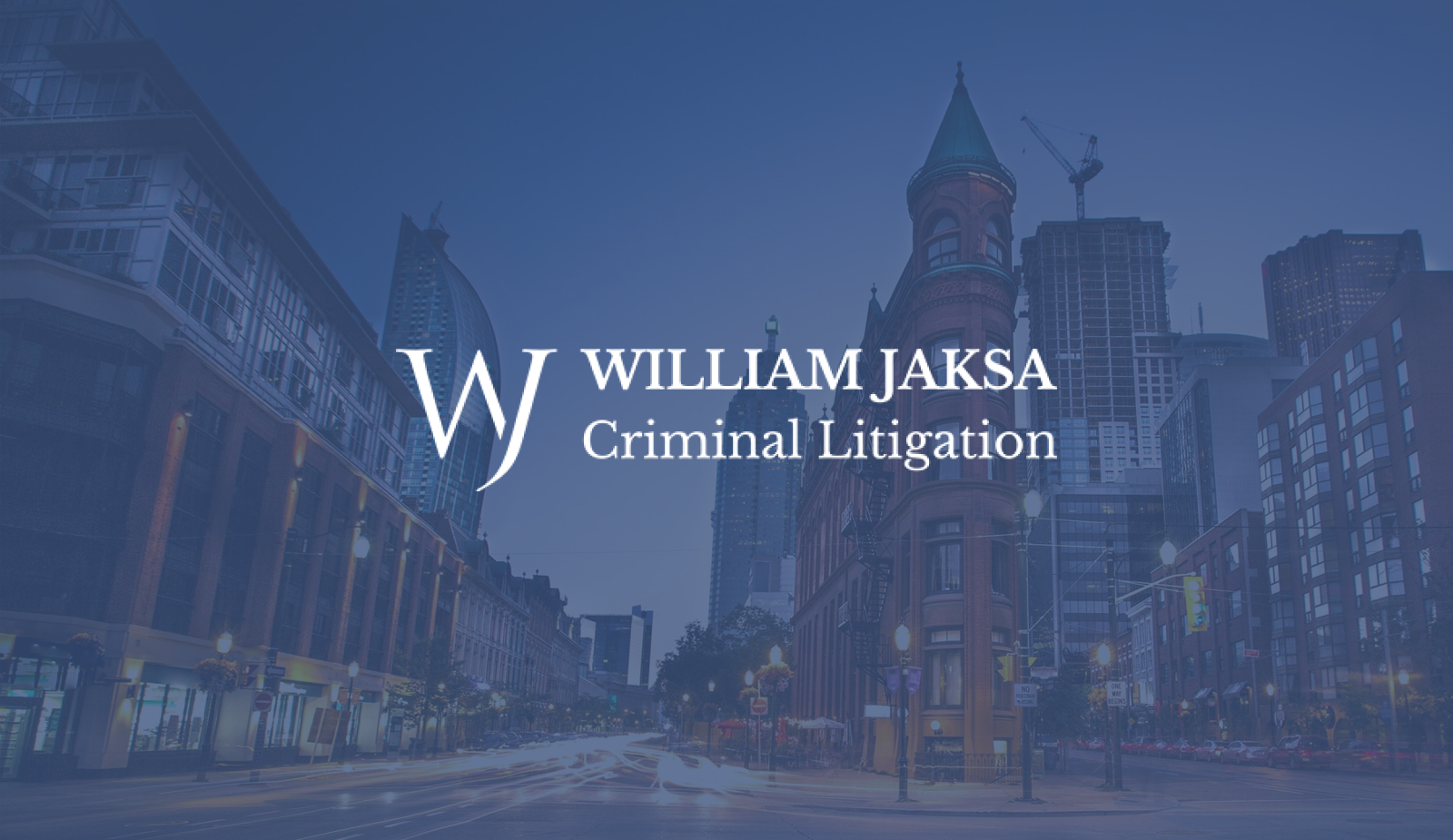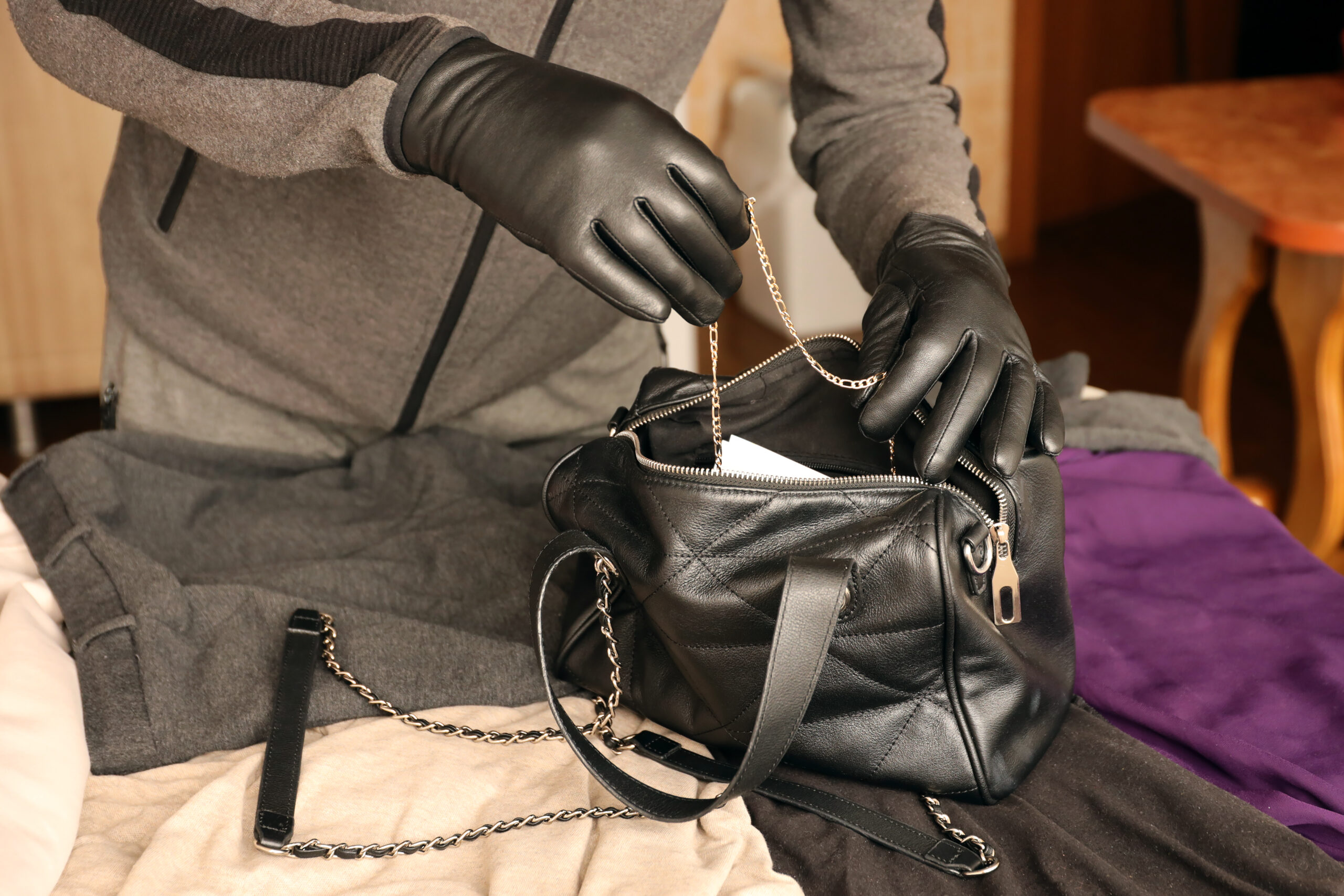According to the Innocence Project, 69% of wrongful convictions exonerated by DNA were the result of mistaken identity.
Eyewitness accounts tend to weigh heavily in court, so criminal defence lawyers use the mistaken identity defence to discredit these accounts as soon as possible. They may attempt to question the witness’ memory and perception of the event.
If the lawyer can provide reasonable doubt to the eyewitness testimony, it may avoid a wrongful conviction.
MISTAKEN EYEWITNESS IDENTIFICATION
Mistaken eyewitness identification is not necessarily intentional. By the time a witness makes a statement in court, they are usually certain that they are right — even if they were uncertain during their initial report.
There has been significant research in the fields of psychology and social sciences that raise issues with eyewitness testimony. Yet, it continues to remain a common tool for the Prosecution.
For instance, the 1974 Loftus and Palmer study shows how easy it is to alter the memory of an eyewitness. The study showed witnesses a video of a car accident. By changing the language in the questions, they asked about the accident they were able to give completely different accounts of something they had just witnessed.
In addition to it being easy to intentionally alter memory, it also occurs involuntarily. Memories become distorted over time. As well, the mind tends to fill in gaps to flush out our memories. So if an eyewitness has an obstructed view of an event, their mind may add or accept things later to complete the memory.
In the context of criminal law, the most common times for mistaken eyewitness identification to occur are during:
- Court Identification/Testimony
- Lineups & Voice Lineups
- Photo Arrays
- Showups
CAUSES OF MISTAKEN IDENTITY
Several factors can lead to mistaken eyewitness identification. We break these down into two main categories: system variables and estimator variables.
Suggestive Police Tactics (System Variables)
Some police tactics and techniques are capable of influencing the witness. Different lines and tones of questioning can intimidate or convince witnesses they saw a specific event or person. As well, anything they do or say that makes the subject stand out can influence the eyewitness.
Anything the police do through action, speaking, or process that can influence the outcome is a system variable.
Human Error (Estimator Variables)
Even if the police do everything by the book and in good faith, the eyewitness is still subject to human error. For instance, eyewitnesses are notoriously inconsistent at correctly identifying subjects of a different race than themselves.
As well, they can be influenced by their own bias. This can include factors like how the subject looks, what they wear, or their personal relationship with them.
Estimator variables can also be the result of other environmental or physical factors. Stress, lighting, and distance are examples of other elements that can result in human error.
MISTAKEN ID DEFENCE LAWYER TACTICS
A criminal defence lawyer will attempt to prevent a wrongful conviction due to mistaken identification. This is done by examining both system and estimator values, as well as providing other proofs, such as DNA testing.
DNA Testing
DNA testing has been one of the most effective ways in which people have been exonerated from wrongful convictions. As well, DNA evidence has prevented tens of thousands of arrests and convictions for people who were wrongfully accused.
Evaluate for Human Error
The criminal lawyer can question the eyewitness’ reliability and accuracy based on several factors. Some variables that can lead to human error include:
- If the witness has an existing relationship with the subject: This relationship can cloud their judgement and memory based on their personal bias.
- Circumstances of witnessing
- Visibility: Did they see the subject’s face? Were there any factors like distance lighting, or disguises worn that could have affected visibility?
- Stress: If the eyewitness was under stress, which is common when witnessing a crime -especially if a weapon is involved- it can alter their perception and memory of the event.
- Race: Eyewitnesses often make mistakes identifying people of a different race than themselves.
- Time between the event and the identification: The longer the delay, the greater the potential for distorting the memory.
- Influence of drugs/alcohol: Impairment can render an eyewitness account unreliable.
Evaluate Police Lawyer
As authority figures police are capable of significantly influencing or altering eyewitness identification. Some variables that can lead to mistaken identity through system error include:
- Not taking the proper measures: Failing to get a description from the witness before showing them the lineup can make their identification unreliable. As well, failing to separate witness or use double-blinds result in altering identification.
- Did the police do anything to influence the outcome: The police can easily influence how an eyewitness remembers an event and who they identify. This can include things like using leading questions or making a subject stand out.
- Are there recordings: Peoples memories change with time, and their confidence in their testimony also becomes more certain. Audio and visual recordings at the time of the original eyewitness account provide a clearer picture of how the interview was conducted and the witness’ certainty at the time.
For an explanation on confronting witnesses with contradictory evidence or counter version of events, the Browne v. Dunn Rule, during trial please read the article on The Rule in Browne and Dunn.
HIRE A TORONTO LAWYER FOR MISTAKEN IDENTITY DEFENCE
If you suspect you may become the victim of mistaken identity, you should seek out professional representation. William Jaksa is a Toronto criminal defence lawyer with experience handling cases involving mistaken id. He will help you understand your options and possible outcomes.Contact William Jaksa today for a consultation.





